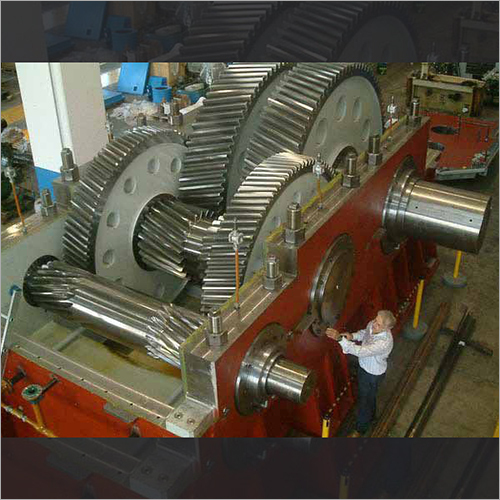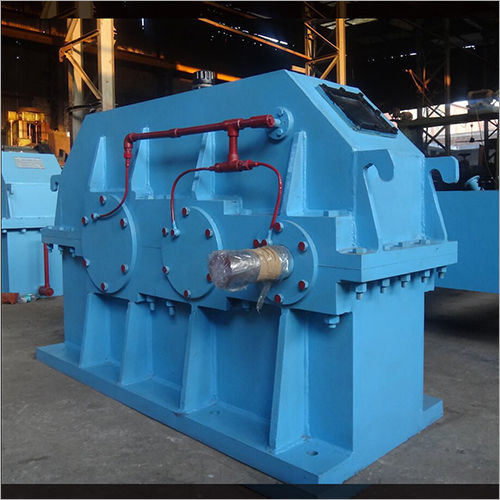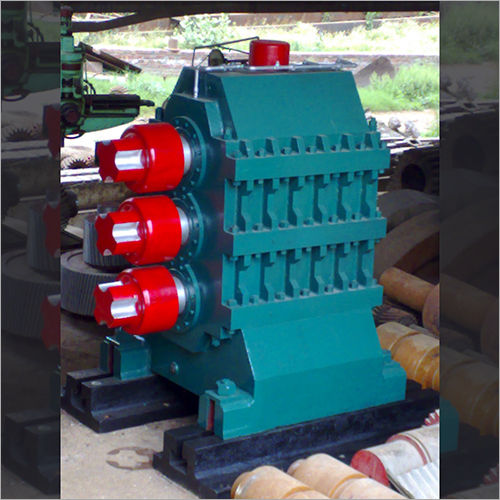Helical Gears
Product Details:
- Product Type Helical Gears
- Material Stainless Steel,
- Gear Tooth Profile Helical Gear,
- Click to View more
Helical Gears Price And Quantity
- 1 Unit
Helical Gears Product Specifications
- Helical Gear
- Stainless Steel
- Helical Gears
Helical Gears Trade Information
- Cash in Advance (CID),
- 3 Week
- Contact us for information regarding our sample policy,
- According to client requirement
Product Description
Helical gears offer a refinement over spur gears. The leading edges of the teeth are not parallel to the axis of rotation, but are set at an angle. Since the gear is curved, this angling makes the tooth shape a segment of a helix. Helical gears can be meshed in parallel or crossed orientations. The former refers to when the shafts are parallel to each other; this is the most common orientation. In the latter, the shafts are non-parallel, and in this configuration the gears are sometimes known as skew gears.
Double helical gear has both left- right helical teeth, is used to balance the thrust force and provide additional gear shear area. Also known as Herringbone gears, which resemble two helical gears that have been placed in an adjacent manner. Being double helices, the thrusts are counter-balanced with no thrust loading on the bearings.

Price:
- 50
- 100
- 200
- 250
- 500
- 1000+








